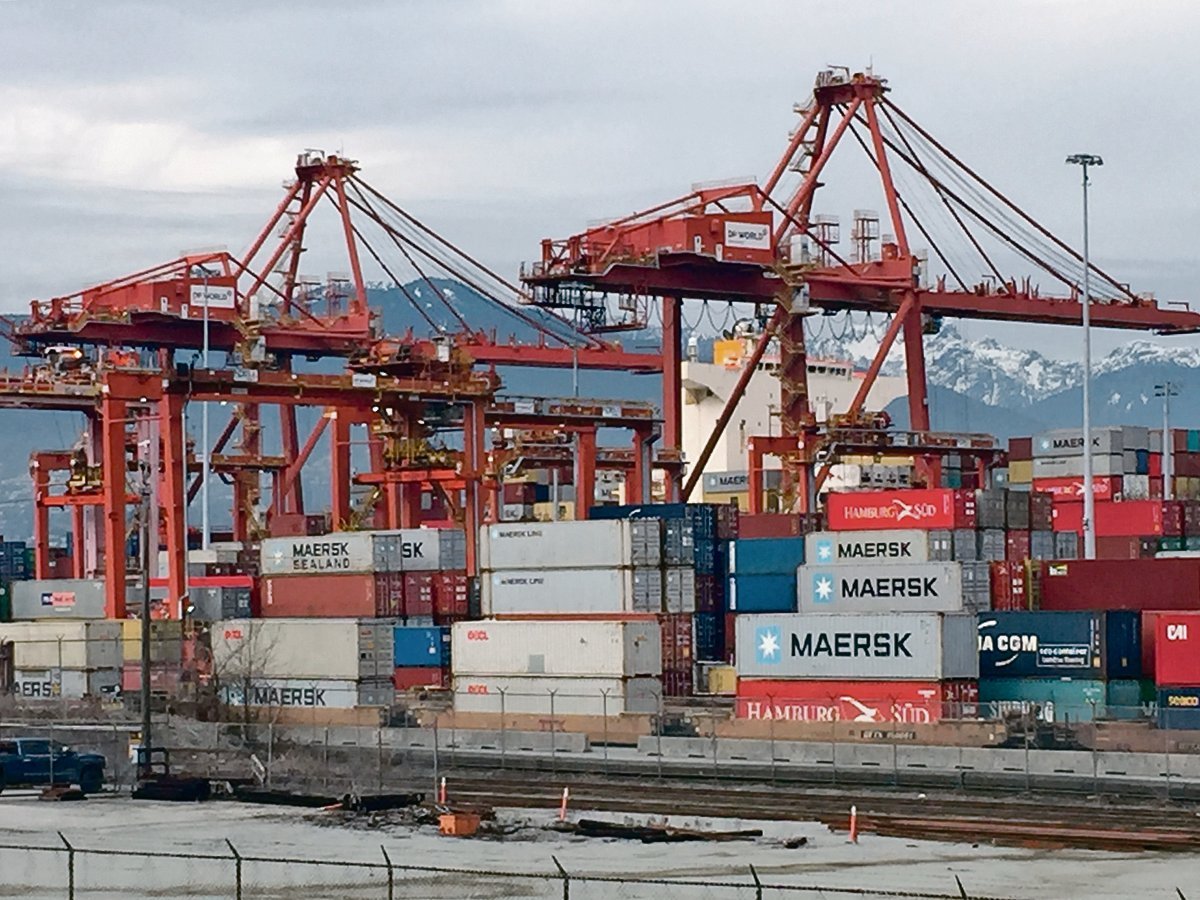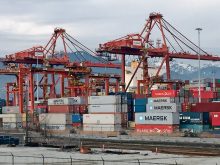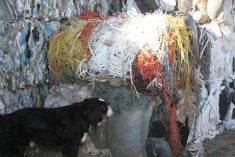NISKU, Alta. – Alberta farmers attending recent Canadian Grain
Commission meetings were solidly opposed to the commission licensing
producer car loading facilities.
But they weren’t alone. Albert Schatzke, one of two CGC grain
commissioners, said he also believes producer car loading facilities
shouldn’t be licensed.
Farmers at meetings in Grande Prairie, Nisku and Vulcan told grain
commission staff that producer cars are the only way they have left to
ship grain independently and save a little extra money.
Read Also

Message to provincial agriculture ministers: focus on international trade
International trade stakeholders said securing markets in the face of increasing protectionism should be the key priority for Canada’s agriculture ministers.
Licensing the facilities would only add to their costs and take away
their last form of freedom, they said.
Large grain companies have argued allowing producer car facilities to
be exempt from a grain commission licence gives an unfair advantage to
groups who do not need to go through the lengthy and costly licensing
requirements.
Grande Prairie farmer Leo Meyer said instead of forcing facilities to
be licensed, grain companies should listen to why farmers feel they
need to use producer cars.
“There’s an unbelievable feeling of the average grain farmer they have
been completely let down by my own co-op,” said Meyer to a round of
applause from the 35 farmers at the meeting in Nisku.
“This issue is a reaction of what’s happening to many grain farmers
out there,” he said.
“It’s an attempt for farmers to begin a co-op. It’s a modern face on
that attempt.”
Rosalind farmer Adam Campbell said he could save an average $800 on
each rail car of grain by shipping on his own rather than through a
grain company. The amalgamation of grain companies and the destruction
of thousands of wooden grain elevators have forced farmers to look for
other market options.
“We need producer cars so we can have some competition.”
Producer car loading facilities range from small track-side loading
sites to West Central Road and Rail’s proposed network of modern
storage and loading facilities in Saskatchewan.
Grain commissioner Albert Schatzke said the commission has proposed
three options for producer car facilities:
- License them as a primary elevator.
- Create a new type of license.
- Exempt them from a license.
Information from the producer meetings will be added to the growing
pile of opinion that will help the commissioners make their decision.
Schatzke and chief commissioner Barry Senft, who is a former
Saskatchewan Wheat Pool vice-president, will make a recommendation on
producer car licensing to federal agriculture minister Lyle Vanclief.
Use of producer cars has increased to 4,700 in 2000 from 2,900 cars in
1998. About two percent of the rail cars are allocated to producers,
who can load the cars themselves instead of going through a grain
company.
Speaking at the Nisku meeting, Schatzke said building improved
track-side facilities is just an advancement in the technology farmers
have previously used for loading grain cars. Farmers weren’t penalized
when they graduated from pencil and paper to computer, and shouldn’t be
penalized because they have moved from an auger to a permanent handling
facility, he added.
“It doesn’t mean farmers have to stay with the scoop shovel and auger,”
he said.
“I’ve taken the position these facilities should not be licensed.”
Killam farmer Tom Jackson said if farmers can join together and create
1,500-member producer car facilities, he should be allowed to contract
his local AgPro facility, where he has condominium grain storage, to
load producer cars.
“Why should I be different,” said Jackson, who like other producers
invested money in condominium storage when the large concrete grain
elevators were built across the Prairies.
In large condominium grain storage, farmers’ grain is mixed, which is a
key difference with producer car facilities where producer’s grain is
kept separate and the producer car facility doesn’t own the grain.
“If the grain is commingled, the facility is licensed,” Schatzke said.
In all of the Alberta meetings, producers emphasized that grain in the
producer car loading facilities should not be commingled and ownership
of the grain should not change.
“A licensed primary elevator should be allowed to load producer cars if
it’s not commingled,” Jackson said.
The Canada Grain Act already allows up to five farmers to mix their
grain if the grain is weighed before it is mixed.
Ken Eshpeter of Daysland said he doesn’t want farmers to lose their
ability to share a producer car.
“I would hate to suggest we farmers would suggest commingling is a
no-no,” said Eshpeter, who has shared producer cars with neighbours in
the past.
“We would be severely limited.”














